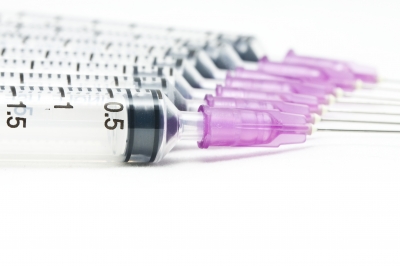
Fact:
People with diabetes are at increased risk for eye complications.
Fact:
Most people with diabetes will get some form of retinopathy, a disorder of the retina.
As if the condition wasn’t bad enough, the secondary effects on eye health are a serious issue. Huge strides have been made in the treatment of diabetic retinopathy and as with most disorders the earlier problems are diagnosed, the more successful the treatments can be. Most people who have diabetes will have nothing more than minor eye disorders. With regular checkups, you can keep minor problems, minor. And if you do develop a major problem, there are treatments that often work well if you begin them right away.
A diabetes sufferer is 40% more likely to suffer glaucoma and the more prolonged the condition of diabetes is, the more common glaucoma will be. A build up of pressure in the eye is the cause of glaucoma. This results in slower drainage of the aqueous humor that consequently builds up in the anterior chamber of the eye. It’s this pressure that pinches the blood vessels that carry blood to the optic nerve and retina. A sufferers vision lessens and is lost gradually because of the retina and nerve damaged. Drugs can be taken to reduce pressure in the eye, the alternative would be for the patient to undergo surgery.
Another figure to take note of is that diabetic patients are 60% more likely to develop cataracts, and more can suffer at a younger age and see the condition accelerate quickly.
Mild case cataract sufferers would be well advised to don sunglasses more often and use glare-control lenses in prescription glasses. If the cataract has severely impaired the patients vision, surgery will normally be implemented to remove the lens of the affected eye. Transplanted lenses are a popular choice if surgery is imminent. In people with diabetes, retinopathy can get worse after removal of the lens, and glaucoma may even start to develop. Retinopathy is a general term for all disorders of the retina caused by diabetes. There are two major types of retinopathy: nonproliferative and proliferative.
The risks influencing whether a patient develops any form of retinopathy are
- blood pressure levels
- blood sugar control
- genetics
- how long diabetes has been endured
Almost 100 per cent of patients with type 1 diabetes will eventually suffer nonproliferative retinopathy and most people with type 2 diabetes will also get it. Proliferative retinopathy (that destroys vision), is far less common. Those patients that can control their blood sugar levels to within normal ranges are far less likely to have retinopathy or to have milder forms.
